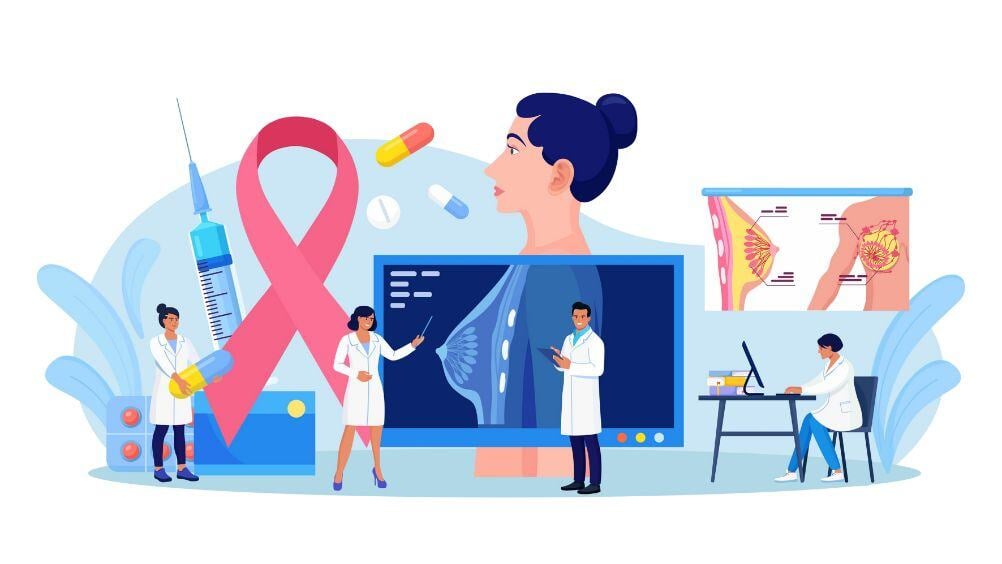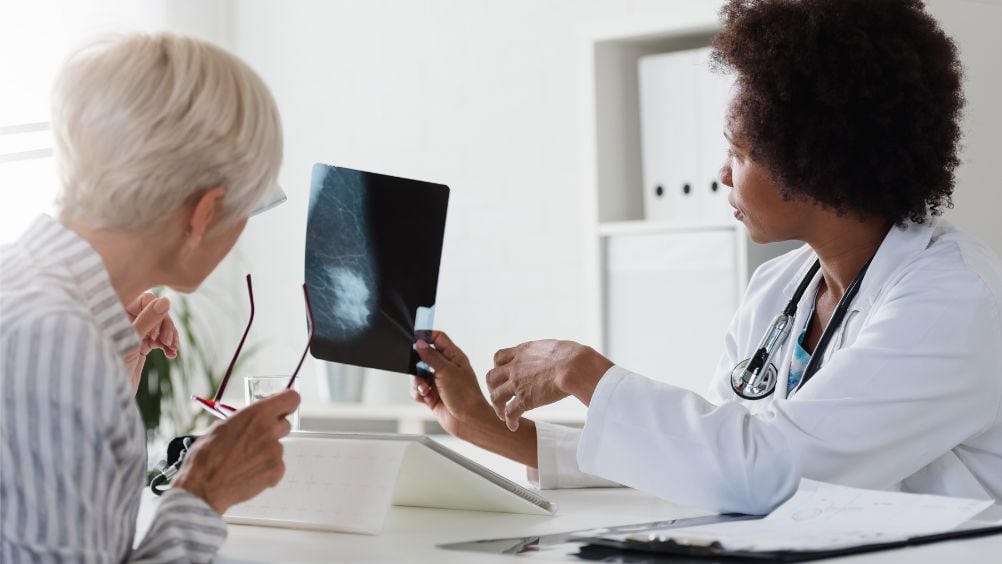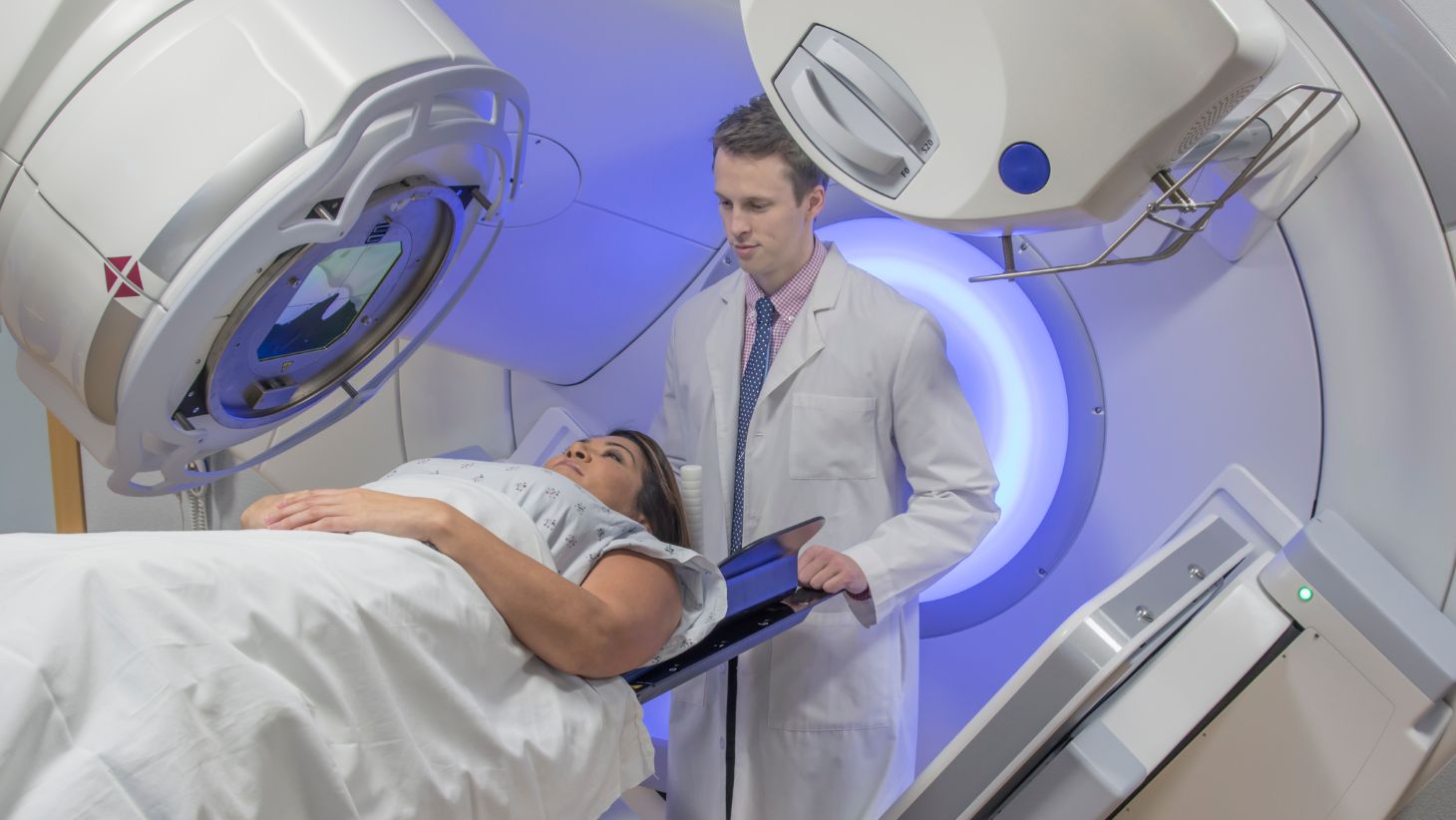As with other types of cancer, breast cancer is most responsive to treatment when diagnosed in its early stages. Breast cancer does not usually cause symptoms in its early stages, but it may cause signs that every woman should be aware of.
The first thing you should know about the early signs of breast cancer is that they can vary from person to person, so something that could indicate breast cancer in one person may not be a sign of cancer in another. The signs and symptoms may also vary between the different types of breast cancer. Also, some people do not experience any signs of breast cancer when the condition is in its early stages.
Because many physical symptoms are not caused in early breast cancer stages, mammograms are the number one way to detect the condition. Having a mammogram can also provide answers, so you don’t have to guess about the significance of any signs or symptoms you may be experiencing.
Learn more about detecting breast cancer early with 3d mammography.
Symptoms Specific to Invasive and Non-Invasive Breast Cancers
Breast cancer is a complex condition. Ductal carcinoma in situ (DCIS) is a specific type of carcinoma in which the cells that line your milk ducts have become cancerous, but the abnormal cells have not spread into the nearby breast tissue. Because the cancer cells have not invaded nearby tissue, doctors consider DCIS to be non-invasive or pre-invasive breast cancer.
Symptoms of breast tumors can vary from one person to the next and vary from one type of breast cancer to the next, but some of the most common early signs of breast cancer can include:
- Swelling, redness, or other visible skin changes occurring in just one breast or both breasts
- A change in the shape of one or both of your breasts, or an increase in size
- Discharge other than milk from your nipple
- Changes in the appearance of one or both of your nipples
- General pain in any area of your breast
- Lumps or bumps that you can feel on or deep inside the breast
In another type of breast cancer, known as lobular carcinoma in situ (LCIS), abnormal cells form in the glands that produce milk. While LCIS involves the development of abnormal cells in the breast, it is not a type of cancer – a diagnosis of LCIS does mean you have an increased risk of developing invasive breast cancer.
DCIS and LCIS do not normally cause symptoms. In rare cases, a woman with DCIS may experience nipple discharge or feel a lump in her breast. Ductal carcinoma in situ is detectable in a mammogram, and, in fact, doctors detect most cases of DCIS with a mammogram.
Lobular carcinoma in situ usually does not show up on a mammogram. Doctors typically detect it during a breast biopsy when investigating a lump in the breast or other problems. During a biopsy, your doctor removes a small amount of breast tissue for evaluation in a medical laboratory. In people with LCIS, the biopsied cells will look different under a microscope.
Signs of Invasive Breast Cancer
Invasive breast cancers can cause specific signs and symptoms, such as:
- Itchy or irritated breasts
- Changes in the color of your breasts, such as redness
- A rapid change in the shape of your breast or an increase in breast size over a short period
- Changes in the way your breasts feel when you touch them – they may be hard, tender, or warm to the touch
- Flaking or peeling or flaking of the nipple skin
- Feeling a lump in your breast or thickening of the breast tissue
- Pitting of the skin on your breast, making it look somewhat like the skin of an orange
Signs of Inflammatory Breast Cancer
Another type of breast cancer, known as inflammatory breast cancer (IBC), will only rarely cause lumps or symptoms. This type of breast cancer does not show up on a mammogram. Symptoms of inflammatory breast cancer may include:
- Red, swollen, itchy breast
- Tenderness of the breast when touched
- A pitted or ridged appearance on the surface of the breast
- Aching, burning, heaviness in one breast
- One breast is significantly larger than the other breast
- A nipple that faces inward (inverted)
- Swollen lymph nodes under the arm
- Swollen lymph nodes above the collarbone
- Other symptoms that do not go away after you take a course of antibiotics
It is important to remember that several other conditions besides cancer can cause these changes. Eczema can cause changes to the texture of the skin on your breasts, for example, and many illnesses can cause swollen lymph nodes. Breasts may change size during your menstrual cycle, inverted or flat nipples throughout life are common, and milk leaks are very normal during pregnancy or shortly after you have had a baby.
If you notice changes in the size of only one breast, skin changes not associated with eczema, changes in the size or shape of only one breast, or nipple discharge when you are not pregnant or during postpartum. However, you should seek a medical opinion. Other signs to look for are nipples that invert or flatten suddenly or a feeling of warmth inside your breast.
To determine if the signs and symptoms you are experiencing are early signs of breast cancer, consult with your doctor. Early detection through a mammogram is the best way to find out the underlying cause of any signs and symptoms you may have.
Expert Breast Cancer Specialists in Willamette Valley
If breast cancer is detected after a biopsy and you have received a breast cancer diagnosis, you'll be seen by a breast cancer specialist and breast cancer surgeon. Willamette Valley Cancer Institute offers specialized care for breast cancer patients in Willamette Valley and the Oregon coast, including Albany, Corvallis, Eugene, Lincoln City, and Newport, Oregon.






